Body Wall Edema: What is Anasarca? Causes, Symptoms, and Treatment
What is anasarca? Discover the causes, symptoms, and treatment for this condition of generalized body swelling.
Understanding Anasarca
Anasarca is a medical condition characterized by severe, generalized edema or swelling of the entire body. This condition differs from typical, localized edema that affects only one or two parts of the body. When anasarca occurs, the entire body, from head to toe, becomes swollen due to an abnormal buildup of fluid in the body’s tissues.
Causes of Anasarca
Anasarca is not a disease itself but rather a symptom of an underlying medical condition. Some of the most common causes of anasarca include:
- Kidney disease: When the kidneys fail to properly remove fluids from the body, it can lead to fluid retention and anasarca.
- Liver cirrhosis: Liver failure can cause hormonal imbalances that affect fluid regulation, leading to fluid leakage into the tissues.
- Malnutrition: Protein deficiency in the diet can cause fluid to accumulate in the tissues, potentially resulting in anasarca.
- Allergic reactions: Severe allergic responses can cause the entire body to retain fluid, leading to anasarca.
- Capillary leak syndrome: A rare condition where fluid and proteins leak out of the blood vessels into the body’s tissues.
- Excessive intravenous fluid administration: If the body is unable to properly adapt to large amounts of IV fluids, it can result in severe edema.
- Side effects of medications: Certain medications, such as blood pressure drugs, steroids, and cancer treatments, can cause anasarca as a side effect.
Symptoms of Anasarca
The primary symptom of anasarca is severe, generalized swelling of the entire body, from the head to the toes. Other symptoms may include:

- Skin that dimples when pressed and holds the indentation for several seconds
- High or low blood pressure
- Slow or fast heart rate
- Organ system failure, particularly of the kidneys and liver
- Difficulty moving or walking due to the extreme swelling
- Impaired vision from facial swelling
In severe cases, anasarca can also lead to life-threatening complications, such as pulmonary edema, where fluid builds up in the lungs. Seeking immediate medical attention is crucial if you experience chest pain, shortness of breath, or difficulty breathing along with the other symptoms.
Diagnosing Anasarca
If you develop symptoms of anasarca, it’s essential to see your doctor for a prompt diagnosis and treatment. The diagnosis process typically involves:
- A physical examination and review of your medical history
- Blood tests to assess liver, heart, and kidney function, as well as hemoglobin levels
- Imaging tests, such as a CT scan of the chest or an echocardiogram to check for heart abnormalities
- Allergy testing to determine if an allergic reaction is the underlying cause
Identifying the underlying condition causing the anasarca is crucial for providing appropriate treatment.

Treating Anasarca
The primary treatment for anasarca involves addressing the underlying medical condition that is causing the fluid buildup. This may include:
- Diuretic medications, such as furosemide, to help the body expel excess fluid through urine
- Dietary changes, such as limiting salt intake, to reduce fluid retention
- Treating the underlying conditions, such as kidney or liver disease, to address the root cause
In severe cases, hospitalization may be necessary to provide more intensive treatments, such as intravenous diuretics or other interventions to manage the fluid buildup and underlying condition.
Preventing Anasarca
While the prevention of anasarca depends on the underlying cause, some general measures can help reduce the risk of developing this condition:
- Maintaining a healthy, balanced diet with adequate protein intake
- Proper management of any existing medical conditions, such as kidney or liver disease
- Avoiding excessive salt intake and staying hydrated
- Closely monitoring any medication side effects and reporting them to your healthcare provider
By addressing the root causes and implementing preventive measures, individuals can reduce the likelihood of developing the severe and potentially life-threatening condition of anasarca.

Key Takeaways
Anasarca is a serious medical condition characterized by generalized, severe body swelling due to an abnormal buildup of fluid in the body’s tissues. It is not a disease itself but rather a symptom of an underlying condition, such as kidney or liver disease, malnutrition, or certain medication side effects. Prompt diagnosis and treatment of the underlying cause are crucial to manage the symptoms of anasarca and prevent potential life-threatening complications. By understanding the causes, symptoms, and proper management of anasarca, individuals can take steps to maintain their health and well-being.
What is Anasarca: Causes, Symptoms, and Treatment
Written by WebMD Editorial Contributors
- Definition of Anasarca
- Causes of Anasarca
- Symptoms of Anasarca
- Diagnosis of Anasarca
- Treatment of Anasarca
Anasarca is a medical condition that leads to general swelling of the whole body. It happens when your body tissues retain too much fluid due to several reasons. It differs from other types of edema that affect one or two parts of the body. The condition is also known as extreme generalized edema or massive edema. When it happens, it’s usually as a result of a severe underlying condition or organ damage.
Anasarca is not a disease in itself but a symptom of an underlying condition. It differs from typical edema, and when it happens, your whole body will be affected. Under normal circumstances, when any part of the body swells, it’s usually due to eating too much salty food, injury, or a minor side effect of medication. This typical kind of swelling affects the feet, hands, or legs. With anasarca, the edema is so bad that it may inhibit movement.
This typical kind of swelling affects the feet, hands, or legs. With anasarca, the edema is so bad that it may inhibit movement.
Anasarca is usually a result of abnormalities in blood vessels, blockage in the lymphatic vessels, and water retention in the whole body. The condition happens due to several reasons. Here are some of the most common.
- Kidney disease. When your kidneys no longer function as they should, they can’t remove fluids from the body adequately. This retention of fluid causes anasarca.
- Liver cirrhosis. Cirrhosis happens when your liver fails to function. Liver disease causes changes in hormones that, in turn, affect the regulation of fluids in the body. Liver failure is responsible for fluid leakage into the tissues.
- Malnutrition. Protein deficiency in your diet can lead to fluid accumulation in the tissues. When the deficiency is extreme, it can lead to anasarca.
- Allergic reaction.
 Your whole body might retain fluid because of an allergic reaction. When the reaction is severe, anasarca can develop.
Your whole body might retain fluid because of an allergic reaction. When the reaction is severe, anasarca can develop. - Capillary leak syndrome. This is a less common cause of anasarca. It happens when protein and fluid leak out of the blood vessels into the body tissues. Research on why this happens is still very scarce, but scientists believe it’s because of inflammation and injury to blood vessels. They’ve found that this happens due to some medications and toxins. One case study shows that capillary leak syndrome can also happen because of certain cancer medications like gemcitabine. In another study, anasarca happened because of a snakebite.
- Excessive administration ofintravenous fluids. Hospitals will often administer intravenous fluids to treat various conditions, including infection, dehydration, and shock. If your body is unable to adapt to these fluids, you may develop severe edema.
- Side Effect of Medication.
 Various medications, including specific cancer treatments, can cause anasarca. The other common types that might cause the condition include blood pressure drugs like amlodipine. Steroid medications are also responsible for the condition. Discontinuing such drugs will often resolve anasarca symptoms.
Various medications, including specific cancer treatments, can cause anasarca. The other common types that might cause the condition include blood pressure drugs like amlodipine. Steroid medications are also responsible for the condition. Discontinuing such drugs will often resolve anasarca symptoms.
The first symptom of anasarca is a swollen body, from your head to your toes. You may also experience:
- Dimples on the skin after you press a finger onto it for several seconds
- High or low blood pressure
- A slow or fast heart rate
- Organ system failure, especially the kidneys and liver
In extreme cases of anasarca, you will experience a lot of discomfort. You may also become immobile, unable to move your limbs or walk. The swelling on your face may also impair vision because it makes it hard to open your eyes.
Severe cases of anasarca can be an emergency. If, in addition to the above symptoms, you experience chest pain, shortness of breath, or difficulty breathing, seek immediate medical treatment. These could be signs of pulmonary edema, which causes a buildup of fluid in the lungs. This condition is life-threatening.
These could be signs of pulmonary edema, which causes a buildup of fluid in the lungs. This condition is life-threatening.
If you develop symptoms of anasarca, see your doctor immediately for diagnosis and treatment. A physical examination and assessment of your medical history will be necessary for the diagnosis. Your doctor may also run various other tests to determine the underlying condition causing the anasarca, including:
- A series of blood tests to check your liver, heart, and kidney functions, as well as your hemoglobin levels
- A CT scan to check the chest cavity
- A heart ultrasound or echocardiogram to establish any anomalies in the anatomy and function of the heart
- A stress test to monitor the heart function
- Allergy tests
For your doctor to give you the correct treatment, they must identify the underlying condition and treat it. Severe cases of anasarca require diuretics that help the body expel the excess fluid in the urine. One diuretic that’s commonly prescribed is furosemide.
One diuretic that’s commonly prescribed is furosemide.
In addition to medications, these home-care tips can also help in treating anasarca:
- Limit salt intake to reduce the swelling associated with anasarca.
- Gently massage your body in the direction of the heart.
- Exercise to pump out excess fluid, back to the heart. Talk to your doctor first if you have a heart problem.
- Increase your protein and fiber intake.
Top Picks
Anasarca – StatPearls – NCBI Bookshelf
Continuing Education Activity
Anasarca is a medical condition in which there is a severe generalized accumulation of fluid or edema in the interstitial space.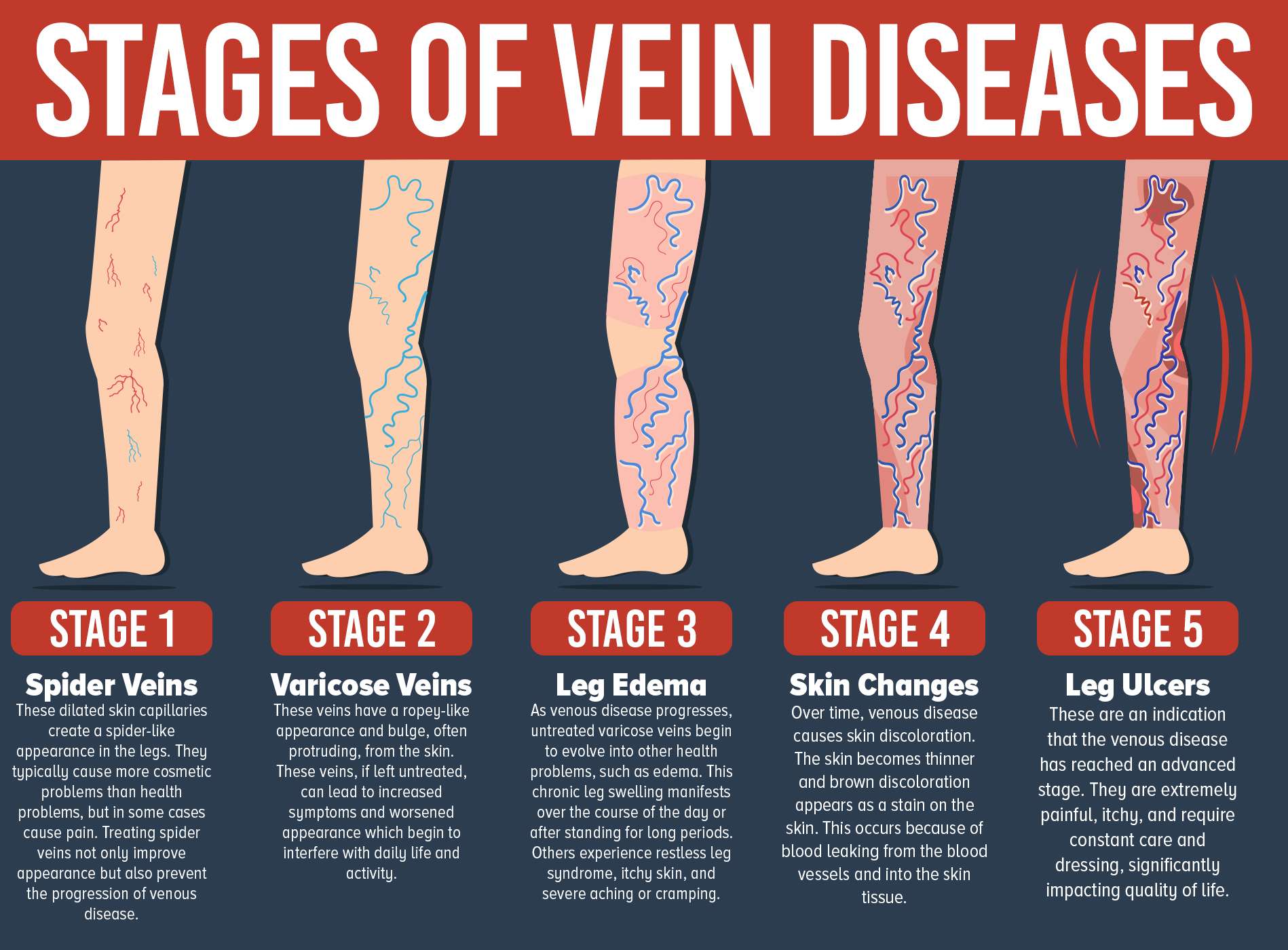 This accumulation of fluid occurs when capillary filtration exceeds the amount of fluid removed via lymphatic drainage or a change in the oncotic pressure from low protein states. It is caused by a variety of clinical conditions including heart failure, renal failure, liver failure, or conditions involving the lymphatic system. This activity reviews the causes, pathophysiology, presentation of anasarca and stresses the importance of the interprofessional team in its management.
This accumulation of fluid occurs when capillary filtration exceeds the amount of fluid removed via lymphatic drainage or a change in the oncotic pressure from low protein states. It is caused by a variety of clinical conditions including heart failure, renal failure, liver failure, or conditions involving the lymphatic system. This activity reviews the causes, pathophysiology, presentation of anasarca and stresses the importance of the interprofessional team in its management.
Objectives:
Identify the etiology of anasarca.
Review the presentation of a patient with anasarca.
Summarize the treatment and management options available for anasarca
Explain interprofessional team strategies for improving care coordination and outcomes in patients with anasarca.
Access free multiple choice questions on this topic.
Introduction
Anasarca and edema both are defined as an increase, swelling, or expansion of interstitial fluid volume.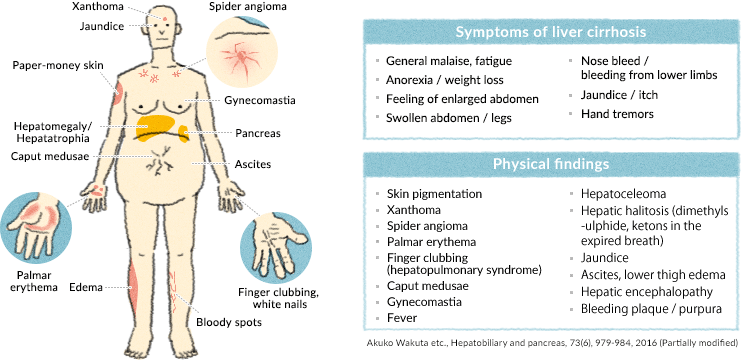 This accumulation of fluid in the interstitial space occurs as the capillary filtration exceeds the amount of fluid take out by lymphatic drainage. When edema is massive and generalized, it is called anasarca and it can be caused by a variety of clinical conditions like heart failure, renal failure, liver failure, or problems with the lymphatic system. In this article, we will refer to the term anasarca when referring to instances of the severe form of edema as not every patient with edema has anasarca. The manifestation of anasarca in patients can vary, but it usually becomes clinically apparent as the interstitial volume exceeds 2.5 -3.0 liters.[1][2][3]
This accumulation of fluid in the interstitial space occurs as the capillary filtration exceeds the amount of fluid take out by lymphatic drainage. When edema is massive and generalized, it is called anasarca and it can be caused by a variety of clinical conditions like heart failure, renal failure, liver failure, or problems with the lymphatic system. In this article, we will refer to the term anasarca when referring to instances of the severe form of edema as not every patient with edema has anasarca. The manifestation of anasarca in patients can vary, but it usually becomes clinically apparent as the interstitial volume exceeds 2.5 -3.0 liters.[1][2][3]
Etiology
The most common causes of anasarca include heart failure, cirrhosis, conditions cause a low albumin state, renal dieases like nephrotic syndrome, and pregnancy. Other causes of anasarca are venous obstruction, burns, trauma, malignancy etc.
Epidemiology
The epidemiology of anasarca is not well studied as it is a common complaint among the patients with various different medical conditions.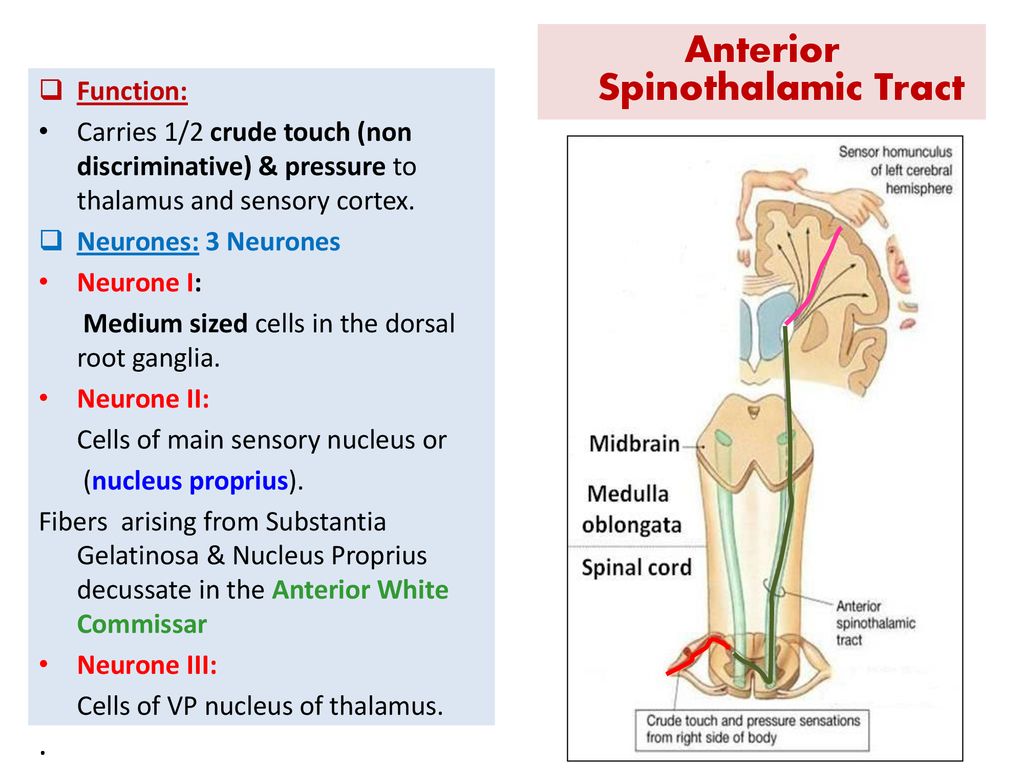 Anasarca is noted in higher frequency in patients with organ dysfunction as well in post-operative patients. In a study of 241 patients who underwent major abdominal surgery, around 29% of patients developed postoperative anasarca. [4]
Anasarca is noted in higher frequency in patients with organ dysfunction as well in post-operative patients. In a study of 241 patients who underwent major abdominal surgery, around 29% of patients developed postoperative anasarca. [4]
Pathophysiology
Anasarca develops as a response to an elevation in capillary hydraulic pressure, increased capillary permeability, a lower plasma oncotic pressure, or a combination of these changes. Anasarca also can be secondary to lymphatic obstruction leading to retained fluid in the interstitial space. The following are the clinical conditions for the various mechanisms described.[5][6]
- An elevation in capillary hydraulic pressure
Heart failure, kidney disease, early cirrhosis, pregnancy, drugs (i.e. amlodipine)
Venous obstruction or insufficiency states like DVT, hepatic venous congestion
- Increased capillary permeability
Burns, trauma, sepsis, allergic reactions, malignant ascites
- Lymphatic obstruction
Malignancy, Post lymph node dissection
- Hypoalbuminemia
Nephrotic syndrome, liver disease, malnutrition
As a first step, when the fluid moves from the vascular space to the interstitium, it reduces the plasma volume.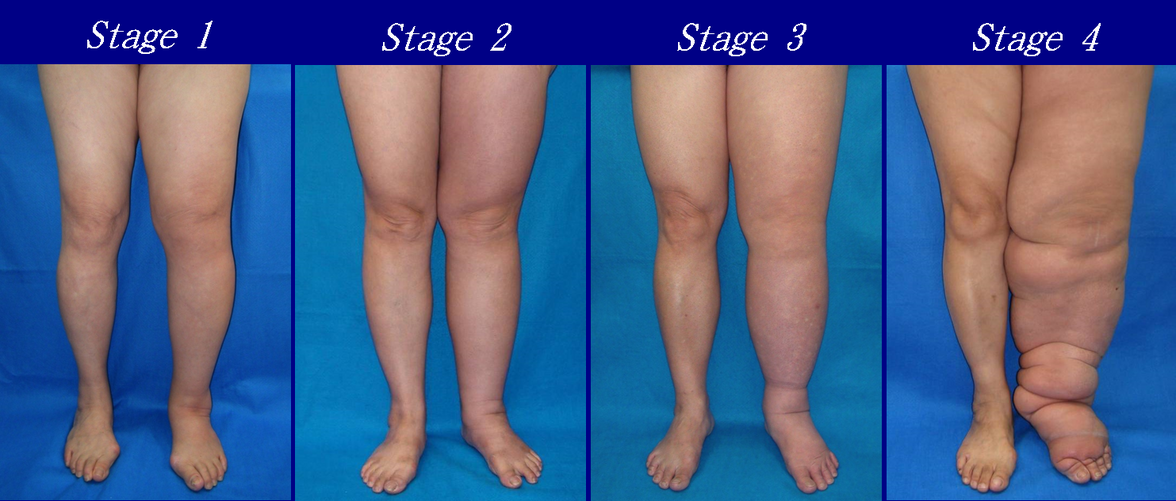 This reduces tissue perfusion which then causes retention of sodium and water by the kidneys which leads to a cascade of effects worsening fluid retention. Some of the excess fluid gained will be retained in the intravascular compartment. However, the alteration in capillary hemodynamics results in most of the retained fluid entering the interstitium and, eventually, becoming apparent as edema or anasarca.
This reduces tissue perfusion which then causes retention of sodium and water by the kidneys which leads to a cascade of effects worsening fluid retention. Some of the excess fluid gained will be retained in the intravascular compartment. However, the alteration in capillary hemodynamics results in most of the retained fluid entering the interstitium and, eventually, becoming apparent as edema or anasarca.
History and Physical
The history should include the underlying comorbidities, the timing of the development of the edema and anasarca, positional changes, whether it is unilateral or bilateral, and medication history. Chronic accumulation of more generalized edema is caused by the onset or exacerbation of systemic conditions such as congestive heart failure (CHF), renal disease, or hepatic disease. Dependent edema caused by venous insufficiency is more likely to improve with elevation and deteriorate with dependency. Edema associated with decreased plasma oncotic pressure (e. g., malabsorption, liver failure, nephrotic syndrome) does not change with dependency.
g., malabsorption, liver failure, nephrotic syndrome) does not change with dependency.
The physical examination can aid in establishing the diagnosis. The exam should be focused on identifying the pattern of edema – peripheral vs. pulmonary edema, pitting vs. non-pitting edema, and the presence of jugular venous distension. Below are the exam findings of common clinical conditions that can cause anasarca.
Patients with pulmonary edema complain primarily of dyspnea that can be worsened at rest and upon exertion as well as orthopnea, cough, and chest pain. Common physical examination findings can reveal pulmonary findings like crackles or rhonchi, cardiac findings indicating volume overload, or heart failure like an S3 gallop. Peripheral edema is usually detected by the presence of pitting after pressure is applied to the edematous region. Pitting reflects the movement of the excess interstitial water in response to pressure. It is usually seen in dependent areas like the lower extremities in ambulatory patients and over the sacrum in patients who are bed-bound. Scrotal edema can also be seen in males when the edema is more severe like cases of anasarca. Non-pitting edema more commonly suggests lymphatic obstruction or hypothyroidism. Acute onset of unexplained unilateral leg edema should raise the possibility of deep vein thrombosis (DVT). Cirrhotic patients from any cause can develop ascites and then edema in the lower extremities because of an increase in venous pressure below the diseased liver. The presence of other signs of portal hypertension, such as distended abdominal wall veins and splenomegaly, also is suggestive of a primary hepatic disease.
Scrotal edema can also be seen in males when the edema is more severe like cases of anasarca. Non-pitting edema more commonly suggests lymphatic obstruction or hypothyroidism. Acute onset of unexplained unilateral leg edema should raise the possibility of deep vein thrombosis (DVT). Cirrhotic patients from any cause can develop ascites and then edema in the lower extremities because of an increase in venous pressure below the diseased liver. The presence of other signs of portal hypertension, such as distended abdominal wall veins and splenomegaly, also is suggestive of a primary hepatic disease.
The cause of edema and anasarca sometimes can be determined by noting changes in skin temperature, color, and texture. Acute DVT and cellulitis may produce increased warmth over the affected area. The deposition of hemosiderin or chronic venous insufficiency often causes the skin to have a brawny, reddish hue and commonly involves the medial malleolus. As venous insufficiency progresses, it can result in lipodermatosclerosis which is associated with marked sclerotic and hyperpigmented tissue and characterized by fibrosis and hemosiderin deposition that can lead to venous ulcers over the medial malleolus. The ulcers may progress to deep, weeping erosions. Myxedema from hypothyroidism presents with a generalized, dry, thick skin with nonpitting periorbital edema and yellow to orange skin discoloration over the knees, elbows, palms, and soles. Pretibial myxedema occurs in patients with thyroid disease and is characterized by bilateral, asymmetric, nonpitting, scaly thickening, and induration of the skin. These ulcers may be violaceous or slightly pigmented (yellow-brown) and often have an orange-peel appearance. The most frequent location of pretibial myxedema is over the lower legs, especially the pretibial areas or the dorsum of the foot.
The ulcers may progress to deep, weeping erosions. Myxedema from hypothyroidism presents with a generalized, dry, thick skin with nonpitting periorbital edema and yellow to orange skin discoloration over the knees, elbows, palms, and soles. Pretibial myxedema occurs in patients with thyroid disease and is characterized by bilateral, asymmetric, nonpitting, scaly thickening, and induration of the skin. These ulcers may be violaceous or slightly pigmented (yellow-brown) and often have an orange-peel appearance. The most frequent location of pretibial myxedema is over the lower legs, especially the pretibial areas or the dorsum of the foot.
Evaluation
The initial evaluation should include basic blood and urine samples. A complete blood count (CBC), comprehensive metabolic panel (CMP), and a urinalysis (UA) can all give an initial broad overview of potential pathologies leading to the cause of the anasarca. The CMP can help assess renal function, albumin level, and liver function (AST and ALT). Dipstick testing principally detects albumin and would need an additional protein sulfosalicylic acid precipitation test (SAS) to detect globulins and Bence-Jones proteins. A urine protein/creatinine ratio or 24-hr urine for protein can obviate the need for SAS testing. The finding of a markedly positive dipstick for protein in combination with hypoalbuminemia and clinical edema is virtually diagnostic of a nephrotic syndrome. Additional testing through measuring a brain natriuretic peptide (BNP) can give clues like underlying CHF. Chest radiography is helpful in cardiac enlargement, pulmonary edema, and pleural effusions.
Dipstick testing principally detects albumin and would need an additional protein sulfosalicylic acid precipitation test (SAS) to detect globulins and Bence-Jones proteins. A urine protein/creatinine ratio or 24-hr urine for protein can obviate the need for SAS testing. The finding of a markedly positive dipstick for protein in combination with hypoalbuminemia and clinical edema is virtually diagnostic of a nephrotic syndrome. Additional testing through measuring a brain natriuretic peptide (BNP) can give clues like underlying CHF. Chest radiography is helpful in cardiac enlargement, pulmonary edema, and pleural effusions.
If warranted, a cardiac echo can evaluate the ventricular function, assess for the presence of a pericardial effusion, and aid in the diagnosis of cardiac disease. Echocardiography can also be used to evaluate pulmonary arterial pressures for patients with known or suspected obstructive sleep apnea and lower extremity edema. Venous ultrasonography is the imaging of choice in the evaluation of suspected DVT. Duplex ultrasonography also can be used to confirm a chronic venous insufficiency. The most commonly used radiographic technique in patients with renal dysfunction or proteinuria is the use of renal ultrasonography. Ultrasonography allows the clinician to characterize kidney size and assess for cystic renal disease and hydronephrosis.[7][8]
Duplex ultrasonography also can be used to confirm a chronic venous insufficiency. The most commonly used radiographic technique in patients with renal dysfunction or proteinuria is the use of renal ultrasonography. Ultrasonography allows the clinician to characterize kidney size and assess for cystic renal disease and hydronephrosis.[7][8]
Magnetic resonance angiography with venography of the lower extremity and pelvis can be used to evaluate for intrinsic or extrinsic pelvic or thigh DVT. Left iliac vein compression by the right iliac artery (May-Thurner syndrome) should be suspected in women who are 18 and 30 years of age and present with edema of the left lower extremity. Lymphoscintigraphy is the method of choice for evaluating lymphedema when the diagnosis cannot be made clinically. MRI may aid in the diagnosis of musculoskeletal etiologies like a gastrocnemius tear or popliteal cyst. T1-weighted magnetic resonance lymphangiography can visualize the lymphatic channels when lymphedema is suspected.
Treatment / Management
Management of anasarca should be guided by the treatment of the underlying etiology but generally includes diuresis. Pulmonary edema is one of the few forms of generalized edema that is life-threatening and requires immediate therapy. In all other edematous states, removal of the excess fluid can proceed more slowly as it is not acutely life-threatening to the patient. In patients with generalized edema due to heart failure, nephrotic syndrome, or primary sodium retention, the edema fluid can be mobilized rapidly with help of loop or thiazide diuretics. In patients with anasarca, removing 2 to 3 liters or more of edema fluid in 24 hours can ordinarily be accomplished without a clinically significant reduction in plasma volume.
In patients with localized edema due to venous or lymphatic obstruction or malignant ascites, diuretic therapy can lead to volume depletion. Diuretic therapy in generalized edematous states and anasarca is usually begun with a loop diuretic, such as furosemide or bumetanide.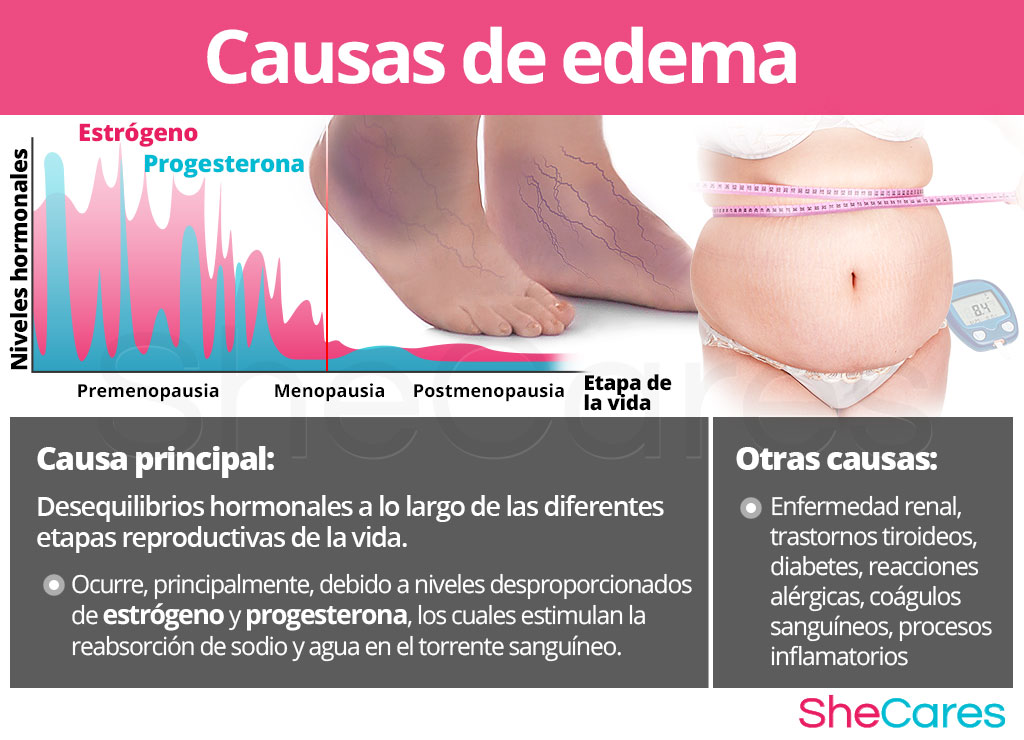 In patients with cirrhosis and ascites, the two mainstays of treatment include sodium restriction and oral diuretics. The dietary sodium restriction would be less than 2000 mg/day [88 mmol/day] and diuretic therapy should be a combination of spironolactone and a loop diuretic like furosemide. The addition of spironolactone is preferred in the initial diuretic regimen as it helps to prevent hypokalemia. As hypokalemia predisposes to increased production of ammonia. The recommended initial dose is spironolactone 100-200 mg/d with furosemide at 20-40 mg/d. The diuretic dosage can be monitored with a random “spot” urine sodium concentration. Diuretics should be increased until the urine sodium concentration is greater than the potassium concentration. [9] Higher doses of diuretics may be required in patients with nephrotic syndrome, up to 1 mg/kg/day of furosemide and 2 mg/kg/day of spironolactone.[10][11] Some cases of idiopathic edema are diuretic-induced, and the initial approach in patients with idiopathic edema who are already on diuretics is to stop the diuretics for at least 2 to 3 weeks and encourage sodium restriction in diet.
In patients with cirrhosis and ascites, the two mainstays of treatment include sodium restriction and oral diuretics. The dietary sodium restriction would be less than 2000 mg/day [88 mmol/day] and diuretic therapy should be a combination of spironolactone and a loop diuretic like furosemide. The addition of spironolactone is preferred in the initial diuretic regimen as it helps to prevent hypokalemia. As hypokalemia predisposes to increased production of ammonia. The recommended initial dose is spironolactone 100-200 mg/d with furosemide at 20-40 mg/d. The diuretic dosage can be monitored with a random “spot” urine sodium concentration. Diuretics should be increased until the urine sodium concentration is greater than the potassium concentration. [9] Higher doses of diuretics may be required in patients with nephrotic syndrome, up to 1 mg/kg/day of furosemide and 2 mg/kg/day of spironolactone.[10][11] Some cases of idiopathic edema are diuretic-induced, and the initial approach in patients with idiopathic edema who are already on diuretics is to stop the diuretics for at least 2 to 3 weeks and encourage sodium restriction in diet.
The mainstays of therapy for lower-extremity edema due to venous insufficiency are mechanical therapies, including leg elevation and compression stockings with 20 to 30 mmHg for mild edema and 30 to 40 mmHg for severe edema complicated by ulceration. Compression therapy is contraindicated in patients with peripheral arterial disease. Local skin and wound care of venous ulcers is essential in preventing secondary cellulitis and dermatitis. Eczematous (stasis) dermatitis, characterized by dry, inflamed, scaling skin overlying superficial varicose veins, often occurs in patients with chronic venous insufficiency. Treatment includes daily hydration with emollients and short courses of topical steroid creams for severely inflamed skin. Primary lymphedema treatment involves complex decongestive physiotherapy, including manual lymphatic massage and multilayer bandages. The first goal is the improvement of fluid resorption and continues until achieving the maximum therapeutic response. The maintenance phase of treatment includes compression stockings at 30 to 40 mmHg. Pneumatic compression devices can be used to augment standard therapies. Surgical debulking or bypass procedures are limited to severe refractory cases. Diuretics are not demonstrated to be effective in the treatment of lymphedema.
Pneumatic compression devices can be used to augment standard therapies. Surgical debulking or bypass procedures are limited to severe refractory cases. Diuretics are not demonstrated to be effective in the treatment of lymphedema.
Differential Diagnosis
Autoimmune conditions like juvenile dermatomyositis [12]
Congestive heart failure from any cause
Hematological disorders like acute myeloid leukemia or rare causes like TAFRO [13]
- Kidney disease from any cause like:
Acute or Chronic kidney disease
IgA nephropathy
Membranoproliferative glomerulonephritis
Nephrotic syndrome
Liver cirrhosis from any cause like alcohol abuse or hepatitis
Lymphedema
Medications: amlodipine [14]
Prognosis
Prognosis of anasarca depends on the underlying etiology. Reversible causes may carry favorable outcomes, whereas irreversible etiologies and malignancies have a poor prognosis. However in most of the situations, by the time anasarca has developed, the underlying problem has progressed beyond cure.
However in most of the situations, by the time anasarca has developed, the underlying problem has progressed beyond cure.
Complications
If left untreated, common complications include, but are not limited to skin ulcerations, skin infections, pulmonary edema, congestive heart failure, and even death.
Enhancing Healthcare Team Outcomes
Anasarca is a serious condition leading to generalized accumulation of fluid in the body. Because there are many causes of anasarca, it is best managed by an interprofessional team of healthcare workers. The nurse practitioner, physician assistant and primary care giver should refer these patients to an internist because in many cases, admission is required to determine the diagnosis. A team approach for management is necessary with support of nurses and pharmacists. The outcomes of patients with anasarca is guarded, for those with failing organs, the mortality rates are very high. Even benign causes can require long-term admission and recovery is a very slow process.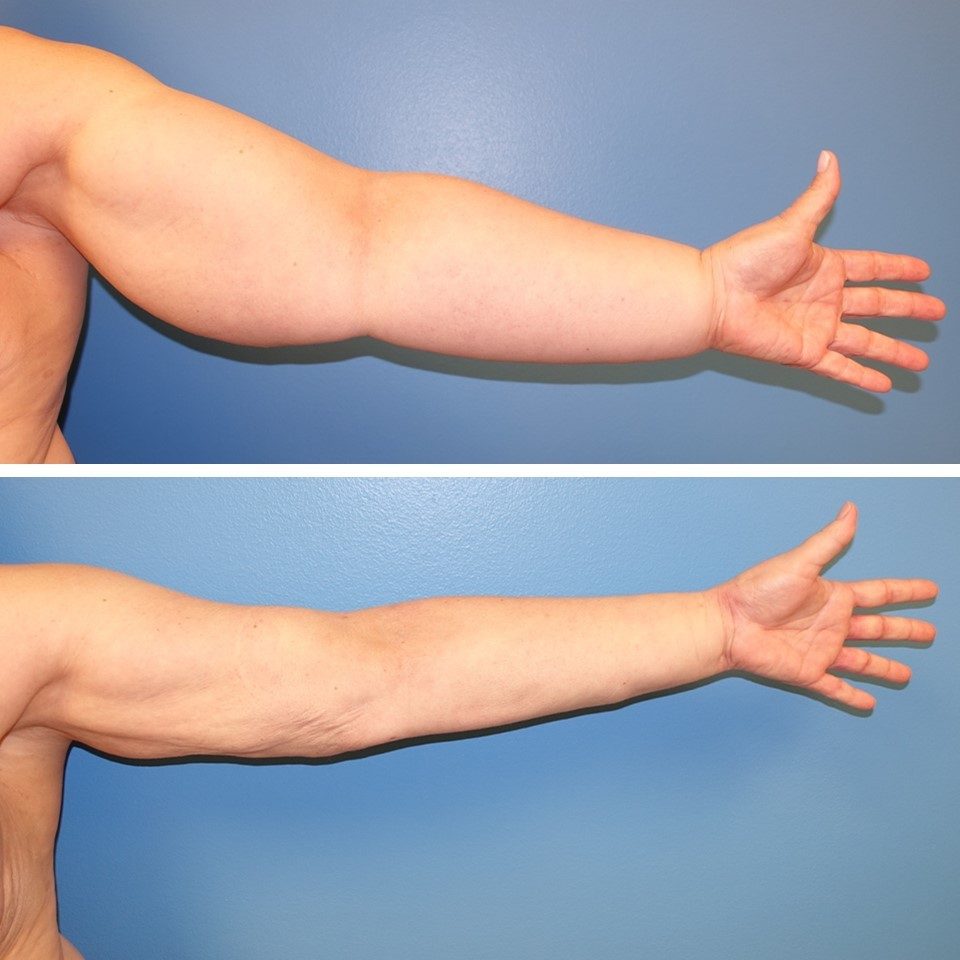
Review Questions
Access free multiple choice questions on this topic.
Comment on this article.
References
- 1.
Wang CS, Greenbaum LA. Nephrotic Syndrome. Pediatr Clin North Am. 2019 Feb;66(1):73-85. [PubMed: 30454752]
- 2.
Bonney KM, Luthringer DJ, Kim SA, Garg NJ, Engman DM. Pathology and Pathogenesis of Chagas Heart Disease. Annu Rev Pathol. 2019 Jan 24;14:421-447. [PMC free article: PMC7373119] [PubMed: 30355152]
- 3.
Wang G, Cao WG, Zhao TL. Fluid management in extensive liposuction: A retrospective review of 83 consecutive patients. Medicine (Baltimore). 2018 Oct;97(41):e12655. [PMC free article: PMC6203531] [PubMed: 30313055]
- 4.
Meena SP, Sairam MV, Puranik AK, Badkur M, Sharma N, Lodha M, Rohda MS, Kothari N. Risk Factors and Patient Outcomes Associated With Immediate Post-operative Anasarca Following Major Abdominal Surgeries: A Prospective Observational Study From 2019 to 2021.
 Cureus. 2021 Dec;13(12):e20631. [PMC free article: PMC8696563] [PubMed: 34963874]
Cureus. 2021 Dec;13(12):e20631. [PMC free article: PMC8696563] [PubMed: 34963874]- 5.
Klanderman RB, Bosboom JJ, Migdady Y, Veelo DP, Geerts BF, Murphy MF, Vlaar APJ. Transfusion-associated circulatory overload-a systematic review of diagnostic biomarkers. Transfusion. 2019 Feb;59(2):795-805. [PMC free article: PMC7379706] [PubMed: 30488959]
- 6.
Gradalski T. Edema of Advanced Cancer: Prevalence, Etiology, and Conservative Management-A Single Hospice Cross-Sectional Study. J Pain Symptom Manage. 2019 Feb;57(2):311-318. [PubMed: 30453053]
- 7.
Sharma R, Sharma S. StatPearls [Internet]. StatPearls Publishing; Treasure Island (FL): Apr 10, 2023. Physiology, Blood Volume. [PubMed: 30252333]
- 8.
Dopp H, Maagh P, Meissner A. [Heart Failure Despite Low BNP-Level: Paradoxon or Pathfinder? – – A Case of Pericarditis constrictiva]. Dtsch Med Wochenschr. 2018 May;143(10):731-734. [PubMed: 29727888]
- 9.

Runyon BA., AASLD. Introduction to the revised American Association for the Study of Liver Diseases Practice Guideline management of adult patients with ascites due to cirrhosis 2012. Hepatology. 2013 Apr;57(4):1651-3. [PubMed: 23463403]
- 10.
Tapia C, Bashir K. StatPearls [Internet]. StatPearls Publishing; Treasure Island (FL): Jun 5, 2022. Nephrotic Syndrome. [PubMed: 29262216]
- 11.
Kodner C. Diagnosis and Management of Nephrotic Syndrome in Adults. Am Fam Physician. 2016 Mar 15;93(6):479-85. [PubMed: 26977832]
- 12.
Zedan M, El-Ayouty M, Abdel-Hady H, Shouman B, El-Assmy M, Fouda A. Anasarca: not a nephrotic syndrome but dermatomyositis. Eur J Pediatr. 2008 Jul;167(7):831-4. [PubMed: 18414893]
- 13.
Nara M, Komatsuda A, Itoh F, Kaga H, Saitoh M, Togashi M, Kameoka Y, Wakui H, Takahashi N. Two Cases of Thrombocytopenia, Anasarca, Fever, Reticulin Fibrosis/Renal Failure, and Organomegaly (TAFRO) Syndrome with High Serum Procalcitonin Levels, Including the First Case Complicated with Adrenal Hemorrhaging.
 Intern Med. 2017;56(10):1247-1252. [PMC free article: PMC5491826] [PubMed: 28502946]
Intern Med. 2017;56(10):1247-1252. [PMC free article: PMC5491826] [PubMed: 28502946]- 14.
Sener D, Halil M, Yavuz BB, Cankurtaran M, Arioğul S. Anasarca edema with amlodipine treatment. Ann Pharmacother. 2005 Apr;39(4):761-3. [PubMed: 15728328]
Disclosure: Sri Rama Surya Tez Kattula declares no relevant financial relationships with ineligible companies.
Disclosure: Akshay Avula declares no relevant financial relationships with ineligible companies.
Disclosure: Krishna Baradhi declares no relevant financial relationships with ineligible companies.
Just swelling or extra fat? How to understand what actually causes weight gain
- Health
Most often we swell in the morning. Some problem areas are both on the face and on the body. Why they appear, how to properly get rid of edema, the beautician explains.:max_bytes(150000):strip_icc()/edema-overview-4580232-74-5c6f249646e0fb0001f87c65.png)
January 31, 20221
- Source:
- pexels.com
When we sleep a lot (or, on the contrary, too little), eat salty, fatty or too high-calorie food in the evening, then in the morning, most likely, an unpleasant surprise will await us: a swollen face. For everyone, this effect manifests itself in different ways. Someone notices that only the area under the eyes swells – in such cases, patches are often used to eliminate swelling. For someone, the swelling “spreads” all over the face and disappears only after a few hours. They save themselves from it in different ways: they wipe the skin with ice cubes, take a contrast shower, make refreshing sheet masks. And sometimes the edema pours out not only on the face, but also on the whole body.
Dermatovenereologist, cosmetologist Irina Orlova told Doctor Peter about why edema appears, how not to confuse them with extra pounds and when it is time to see a doctor.
About the causes of edema
“Edema on the face and body appears due to impaired venous or lymphatic outflow.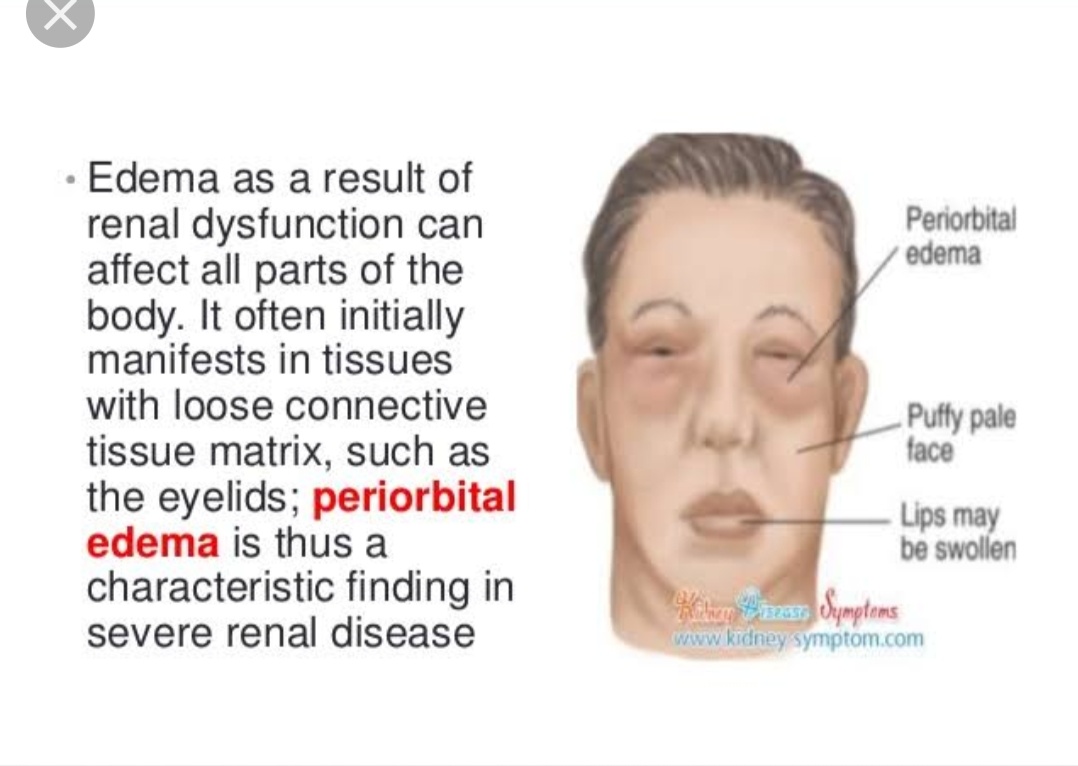 In fact, this is a whole cascade of reactions, as a result of which fluid accumulates, metabolic and trophic processes are disrupted, ”explains the expert.
In fact, this is a whole cascade of reactions, as a result of which fluid accumulates, metabolic and trophic processes are disrupted, ”explains the expert.
There are many reasons for the formation of edema, this is generally a common medical problem. Most often they appear due to malnutrition, excessive consumption of salty foods, lack of protein in the body or, conversely, its excess.
In addition, there are edema associated with weakness of the vascular wall.
“In this case, we observe perspiration — this is the process of “leakage” of blood plasma through the walls of blood vessels, when their permeability increases. Edema is often confused with excess weight, this fact is quite logical: after all, when we swell, we visually increase in volume, ”says Irina Orlova.
See also
Edema and excess weight
Distinguishing permanent edema from extra pounds is not at all difficult. It is enough to perform a few simple steps, says the beautician.
“Swelling has certain symptoms. So, the skin becomes pasty In this case, when pressing with a finger, a hole remains on the skin, which then slowly, slowly recovers. Skin turgor is reduced, respectively, due to the accumulation of fluid in the tissue, it becomes less elastic.
If we are talking about swelling on the body, then in the places where the cuff or tight elastic band fits, a clear mark remains on the skin, which then also recovers for a long time. Plus, , the skin becomes paler , especially in places where there is some kind of pressure, ”explained Irina Orlova.
“Age” swelling
The older you get, the more likely it is that both your face and body will swell in the morning. This unpleasant fact also has an explanation.
“With age, the likelihood of edema increases. Doctors distinguish a separate morphotype of age-related changes – deformation-edematous , where the mechanisms of aging are based on a violation of the inflow and outflow of fluid through the vessels and tissues of the face. Edema that appears on the body is most often due to a lack of physical activity – and, as a result, a weak vascular wall. After all, various exercises strengthen not only the muscles of the body, as is commonly believed, but also the muscle layer in the vessels, ”says the cosmetologist .
Edema that appears on the body is most often due to a lack of physical activity – and, as a result, a weak vascular wall. After all, various exercises strengthen not only the muscles of the body, as is commonly believed, but also the muscle layer in the vessels, ”says the cosmetologist .
The process of edema appearance looks like this: muscle fibers pass through the vessel wall, which pump blood and lymph. If they are weakened, skin tone is noticeably reduced. As a result, the body cannot cope with the pumping of the required volume of blood, fluid leaks into the tissues and edema develops.
Read also
How to deal with them
When a patient comes to a beautician with complaints of edema, the specialist, first of all, needs to determine the cause of their appearance, and only then prescribe any procedures.
“To do this, I will ask how often and after what edema appears, I will collect all the necessary anamnesis. In some cases, it may be necessary to consult a general practitioner or endocrinologist. If there are no medical and physiological reasons for the formation of edema, we recommend reconsidering nutrition, lifestyle, and physical activity,” says Irina Orlova.
If there are no medical and physiological reasons for the formation of edema, we recommend reconsidering nutrition, lifestyle, and physical activity,” says Irina Orlova.
Cosmetic procedures can help get rid of edema. They are able to influence the microvasculature, thereby improving the functioning of blood vessels.
“So, if a woman complains about constant swelling on her face, we carry out course procedures: lymphatic drainage massage, microcurrent therapy, plasma lifting. You can also do injection procedures, for example, for the skin around the eyes. For the body, courses of lymphatic drainage massage, microcurrents and Endosphere therapy are also effective, ”the cosmetologist concluded.
By the way
There are cases when swelling on the face appears quite unexpectedly. They may not go away for several days or even weeks. Why is this happening? Endocrinologist Ekaterina Yang listed the diseases, a symptom of which may be a swollen face.
Text author:Sofya Khromova
Edema (swelling) – General information, Causes.
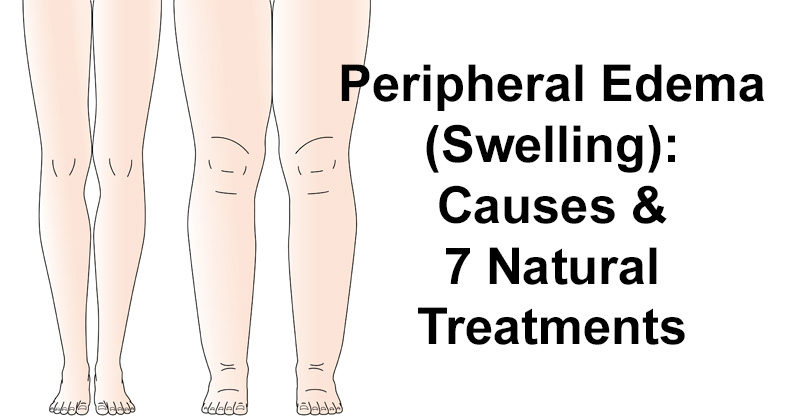 Tomsk
Tomsk
General Information
Edema is an excessive accumulation of fluid in the tissues and organs of the body.
About 2/3 of the body fluid is inside the cells, and 1/3 is in the intercellular space. Edema occurs due to the transfer of fluid from the cells into the intercellular space.
Edema is detected by palpation of tissues (pressure leaves a hole).
Causes of
The causes of edema are different. Depending on the mechanism of their occurrence, the following types of edema are distinguished:
- hypoproteinemic, the main reason for the formation of which is a decrease in the protein content in the blood, especially albumin, as well as a decrease in the oncotic (colloidal osmotic) pressure of the blood with the release of fluid from the bloodstream into the tissues;
- hydrostatic, caused by increased pressure in the capillaries;
- membranogenic, formed as a result of increased capillary permeability during inflammatory processes, toxic damage, impaired nervous regulation.

Normally, edema occurs with excessive fluid intake, prolonged exposure to uncomfortable positions.
Edema may be local or general. Local edema is limited to a certain area of the body or organ, general edema is characterized by accumulations of fluid in organs, tissues and body cavities. Severe edema is referred to as anasarca.
Edema in heart disease is the most important sign of heart failure. First, such edema occurs on the legs, feet (in the vertical position of the body), lower back, sacrum (in the horizontal position). Further, a total edema of the subcutaneous tissue develops, fluid accumulates in the body cavities – abdominal (ascites), pleural (hydrothorax), pericardial cavity (hydropericardium).
Edema in cirrhosis of the liver is often combined with ascites, located on the legs, anterior abdominal wall and lower back.
Edema in diseases of the kidneys (glomerulonephritis, nephritis, and others) first appear on the face, especially in the eye area.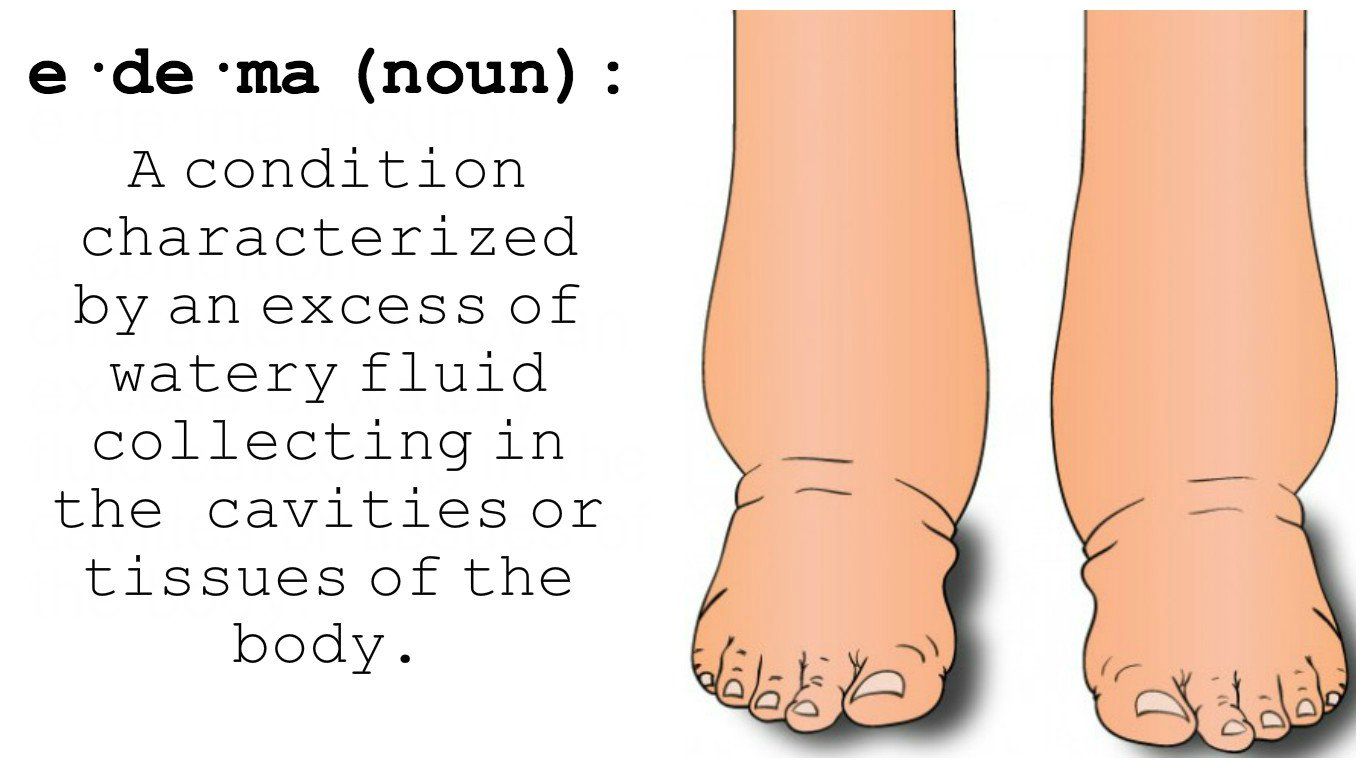 Such swellings are soft to the touch, the skin over them is pale. The mechanism of their formation is based on the retention of water and salt by the kidneys, a decrease in the concentration of proteins in the blood and an increase in the permeability of the vascular wall.
Such swellings are soft to the touch, the skin over them is pale. The mechanism of their formation is based on the retention of water and salt by the kidneys, a decrease in the concentration of proteins in the blood and an increase in the permeability of the vascular wall.
Hormonal disorders are the main cause of edema in some diseases of the endocrine glands.
Edema may occur during prolonged fasting due to insufficient intake of protein in the body.
Local edema in thrombophlebitis, varicose veins occurs as a result of a violation of the outflow of blood through the veins. Such edema is dense, the skin over the site of thrombosis is purple, inflamed, and palpation is painful.
If the outflow of lymph from the limb through the lymphatic pathways is disturbed, dense edema occurs, the skin over it is pale.
Local edema in the area of inflammation (with burns, bites, purulent skin diseases) develops due to increased capillary permeability and excessive blood flow to the area of inflammation.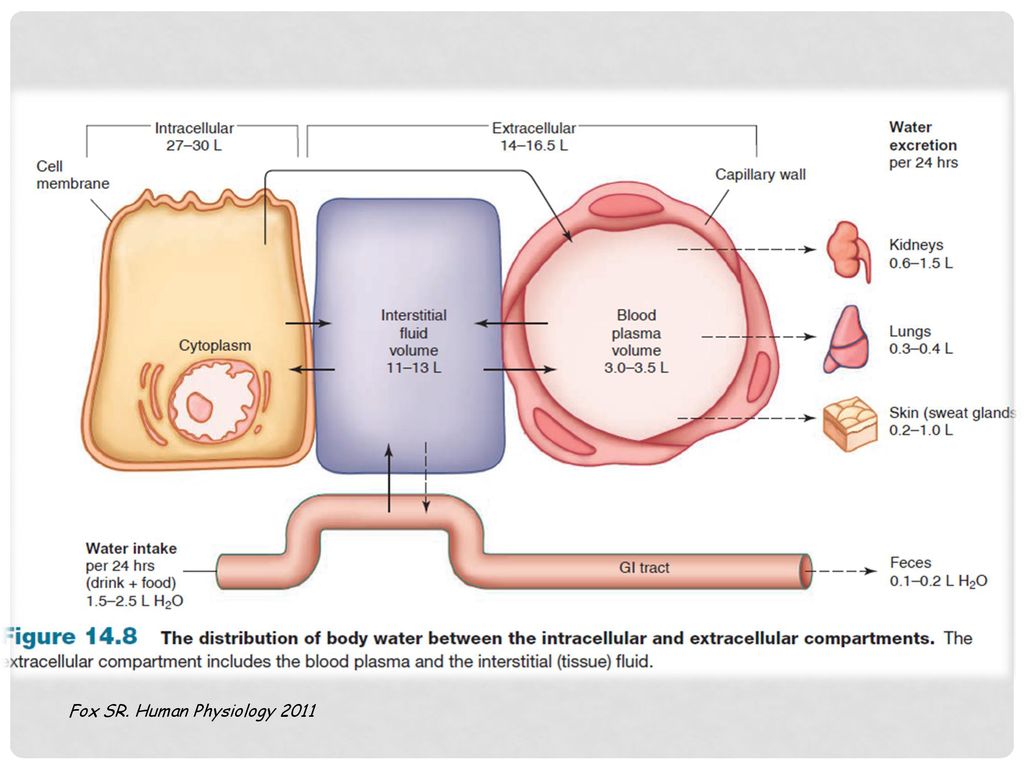

 Your whole body might retain fluid because of an allergic reaction. When the reaction is severe, anasarca can develop.
Your whole body might retain fluid because of an allergic reaction. When the reaction is severe, anasarca can develop. Various medications, including specific cancer treatments, can cause anasarca. The other common types that might cause the condition include blood pressure drugs like amlodipine. Steroid medications are also responsible for the condition. Discontinuing such drugs will often resolve anasarca symptoms.
Various medications, including specific cancer treatments, can cause anasarca. The other common types that might cause the condition include blood pressure drugs like amlodipine. Steroid medications are also responsible for the condition. Discontinuing such drugs will often resolve anasarca symptoms. Cureus. 2021 Dec;13(12):e20631. [PMC free article: PMC8696563] [PubMed: 34963874]
Cureus. 2021 Dec;13(12):e20631. [PMC free article: PMC8696563] [PubMed: 34963874]
